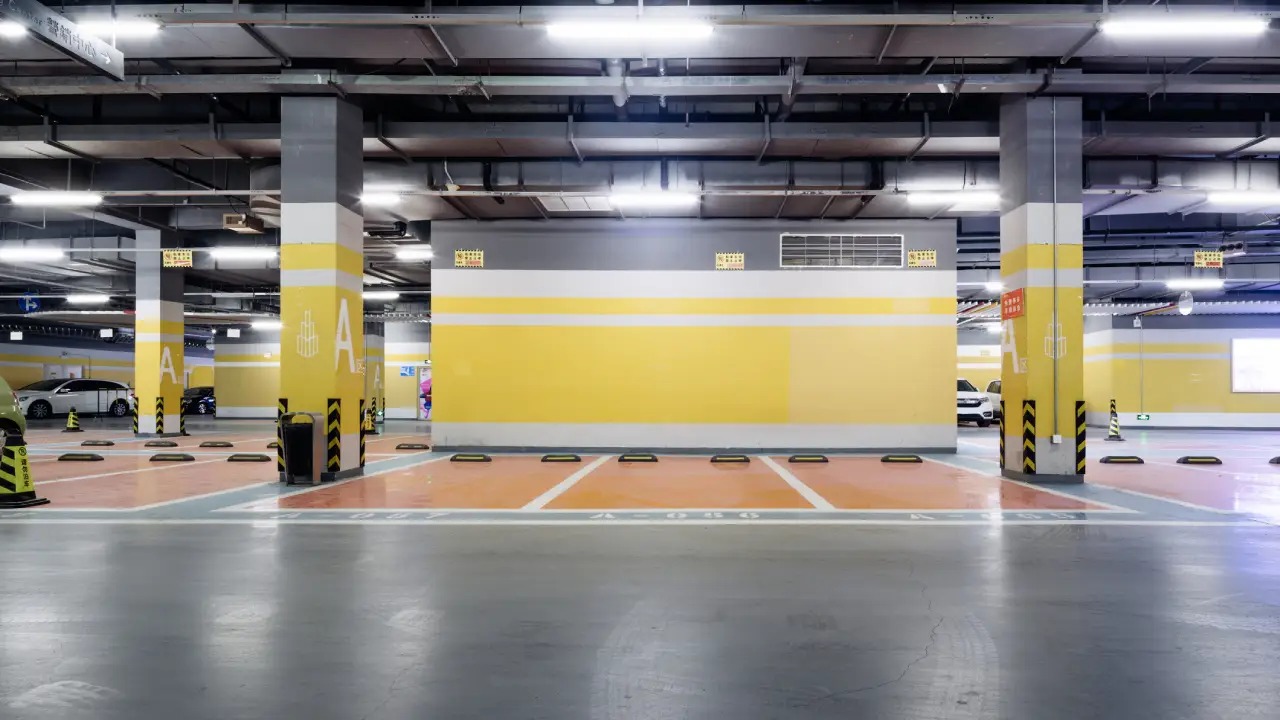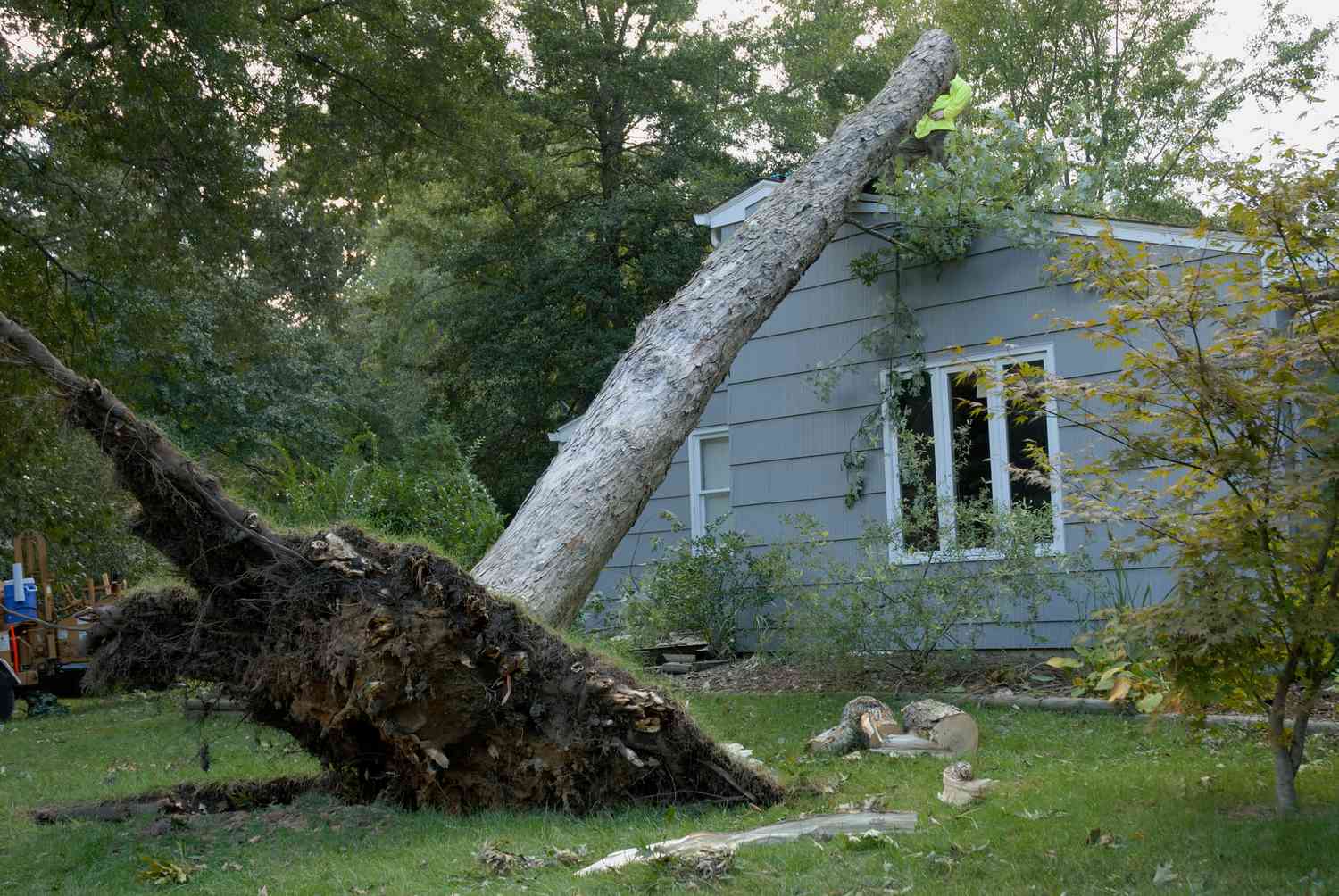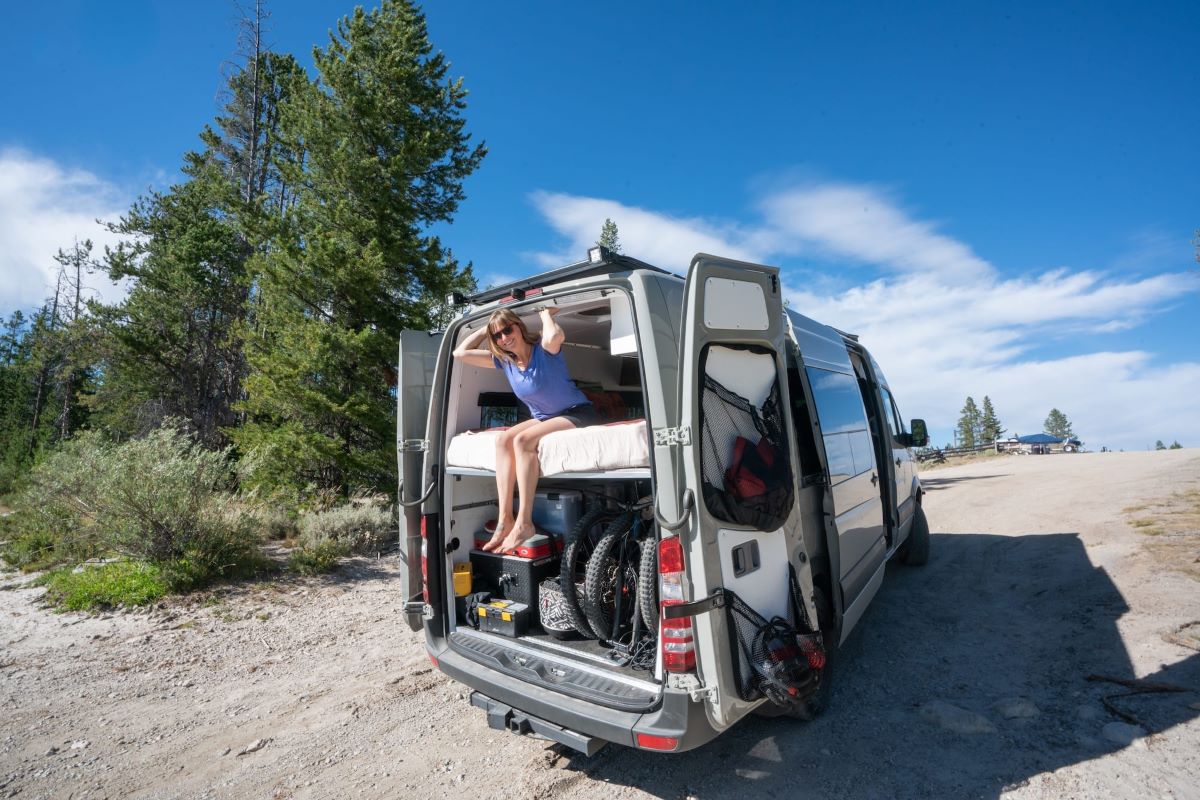

Finance
What Does Storage Insurance Cover On A Vehicle
Published: November 24, 2023
Protect your vehicle while in storage with comprehensive storage insurance coverage. Finance your peace of mind today.
(Many of the links in this article redirect to a specific reviewed product. Your purchase of these products through affiliate links helps to generate commission for LiveWell, at no extra cost. Learn more)
Table of Contents
- Introduction
- Overview of Storage Insurance
- Coverage for Vehicle Damage
- Coverage for Theft or Vandalism
- Coverage for Natural Disasters
- Coverage for Fire Damage
- Coverage for Collision or Accidental Damage
- Coverage for Loss of Personal Belongings
- Coverage for Emergency Roadside Assistance
- Limitations and Exclusions
- How to Choose the Right Storage Insurance for Your Vehicle
- Conclusion
Introduction
Welcome to our comprehensive guide on storage insurance and what it covers for your vehicle. Whether you’re temporarily storing your car or leaving it unused for an extended period, having the right insurance coverage is crucial to protect your investment. Leaving your vehicle unattended can expose it to various risks such as theft, vandalism, and damage from natural disasters. Storage insurance provides specific coverage for these situations, giving you peace of mind while your vehicle is not in use.
In this article, we’ll provide an overview of storage insurance and delve into the specific types of coverage it offers. We’ll discuss coverage for vehicle damage, theft or vandalism, natural disasters, fire damage, collision or accidental damage, loss of personal belongings, and even emergency roadside assistance.
However, it’s important to note that storage insurance is not the same as regular auto insurance. While standard auto insurance is designed to cover your vehicle when it’s in use, storage insurance is tailor-made for the unique risks and requirements of storing a vehicle for a prolonged period. Having storage insurance in place ensures that you are protected against the unforeseen events that may occur during the storage period.
Let’s dive in and explore the specifics of storage insurance coverage, so you can make an informed decision when it comes to protecting your vehicle.
Overview of Storage Insurance
Storage insurance, also known as comprehensive storage coverage or vehicle storage insurance, is a specialized insurance policy designed to protect your vehicle when it’s not in use. This type of insurance provides coverage for a range of risks and potential damages that can occur while your vehicle is stored.
When you store your vehicle, whether it’s in a garage, storage facility, or another secure location, it’s important to have the right insurance coverage in place. Standard auto insurance policies typically do not cover the specific risks associated with storage, making storage insurance a valuable add-on or separate policy to consider.
Storage insurance typically covers various contingencies, including theft, vandalism, damage caused by natural disasters, fire damage, collision, accidental damage, and even the loss of personal belongings inside the vehicle. While the specific coverage details may vary depending on the insurance provider and policy, the purpose remains the same: to protect your vehicle and mitigate potential financial losses during the storage period.
It’s essential to review the terms and conditions of the storage insurance policy carefully to understand what is covered and what is excluded. Each policy may have limitations and exclusions, such as specific storage requirements or restrictions on the duration of the storage period. Understanding these details will help you choose the right storage insurance for your needs.
Having storage insurance in place not only provides financial protection but also offers peace of mind. By investing in storage insurance, you’ll have the assurance that your vehicle is protected against a range of potential risks, allowing you to focus on other aspects of life without worrying about the safety and security of your stored vehicle.
Coverage for Vehicle Damage
One of the primary purposes of storage insurance is to provide coverage for vehicle damage that may occur while your vehicle is stored. This includes protection against damage caused by accidents, collisions, or any other unforeseen incidents that may cause harm to your vehicle.
Storage insurance typically covers damage to your vehicle caused by events such as falling objects, hailstorms, or even a tree branch falling and damaging your car’s exterior. It may also cover damage caused by animals, such as rodents or birds nesting inside your vehicle and causing damage to the wiring or interior.
It’s important to note that storage insurance may not cover pre-existing damage or wear and tear on your vehicle. The coverage usually applies to new damages that occur during the storage period. Additionally, coverage may vary based on the specific policy and insurance provider, so it’s crucial to review the terms and conditions to understand the extent of coverage provided.
In case your vehicle sustains damage while in storage, it’s essential to document the damage by taking pictures and reporting it to your insurance provider as soon as possible. This will help expedite the claims process and ensure that you are compensated for the repairs or replacement necessary.
By having storage insurance that covers vehicle damage, you can have peace of mind knowing that you’re financially protected in the event of unexpected damage to your stored vehicle. With proper coverage, you can mitigate the financial burden of repair costs and focus on safely restoring your vehicle to its original condition.
Coverage for Theft or Vandalism
When your vehicle is in storage, it may be vulnerable to theft or vandalism. Thankfully, storage insurance usually includes coverage for such incidents, providing financial protection in case your vehicle is stolen or maliciously damaged while in storage.
If your vehicle is stolen from the storage facility, your storage insurance will typically cover the cost of replacing your vehicle up to the policy’s limits. It’s important to report the theft to the local authorities and your insurance provider immediately to initiate the claims process.
Similarly, if your vehicle is vandalized while in storage, storage insurance will typically cover the cost of repairing the damages caused by vandalism. This includes acts such as keying, graffiti, or intentional destruction of property. Again, it is essential to document the damages and report them to your insurance provider promptly.
Keep in mind that storage insurance may have certain requirements or conditions for coverage against theft or vandalism. For example, you may need to ensure that your vehicle is securely locked and that any alarms or anti-theft devices are activated during the storage period. Failure to comply with these requirements could impact your ability to make a successful claim.
By having storage insurance coverage for theft or vandalism, you can have peace of mind knowing that you’re financially protected in the unfortunate event of a theft or act of vandalism occurring while your vehicle is stored. This coverage can help alleviate the financial burden of replacing or repairing your vehicle and assist in restoring it to its previous condition.
Coverage for Natural Disasters
One of the significant risks that your vehicle may face while in storage is damage caused by natural disasters. From hurricanes and tornadoes to earthquakes and floods, natural disasters can wreak havoc on your stored vehicle. Fortunately, storage insurance often includes coverage for such unpredictable events.
If your vehicle is damaged due to a covered natural disaster, your storage insurance policy may provide the necessary financial protection to repair or replace your vehicle. This can include damage from strong winds, falling debris, flooding, or other related events. It’s important to review your specific policy to understand the exact coverage provided for natural disasters.
When a natural disaster is imminent, it’s crucial to take necessary precautions to protect your stored vehicle. This may include moving it to a secure and elevated location, covering it with a protective barrier, or following any storage facility protocols in place. Taking these preventive measures can help minimize potential damages and may also be a requirement for coverage under your storage insurance policy.
In the event that a natural disaster does occur and your vehicle sustains damage, document the damages thoroughly with photographs and contact your insurance provider promptly to initiate the claims process. They will guide you through the necessary steps to assess the damage and facilitate the repairs or replacement of your vehicle within the policy’s coverage limits.
By having storage insurance coverage for natural disasters, you can have peace of mind knowing that your vehicle is protected against the forces of nature. This coverage ensures that you’re financially safeguarded in the event of a natural disaster and can help you get your vehicle back to its pre-disaster condition as quickly as possible.
Coverage for Fire Damage
One of the most severe risks your stored vehicle may face is fire damage. Fires can occur due to various reasons, such as electrical faults, nearby wildfires, or accidents within the storage facility. Thankfully, storage insurance typically includes coverage for damages caused by fire.
If your vehicle sustains damage due to a fire while in storage, your storage insurance policy will often provide coverage for repairs or replacement, depending on the extent of the damage and the policy’s coverage limits. It’s important to report the incident to your insurance provider as soon as possible to initiate the claims process.
When a fire occurs in the vicinity of the storage facility, it’s important to follow any safety protocols in place and evacuate the area if necessary. If it is safe to do so, you may want to remove your vehicle from the storage facility to minimize potential fire damage.
After a fire incident, your insurance provider will assess the damages based on the information and evidence you provide, such as photographs and a detailed description of the damage. They will work with you to facilitate the repairs or replacement of your vehicle within the coverage limits of your storage insurance policy.
Having coverage for fire damage in your storage insurance policy provides invaluable financial protection in the event of a fire-related incident. It can help alleviate the burden of repair costs and support you in restoring your vehicle to its pre-fire condition.
Remember to review your storage insurance policy carefully to understand the specific terms and conditions related to coverage for fire damage. Each policy may have its own requirements or exclusions, so it’s essential to have a clear understanding of what is covered under your specific policy.
Coverage for Collision or Accidental Damage
While your vehicle is in storage, there is still a possibility of it sustaining damage due to collisions or other accidental incidents. Fortunately, most storage insurance policies include coverage for such mishaps, providing financial protection in case of accidental damage.
If your vehicle is involved in a collision while in storage, whether it’s another vehicle within the storage facility or an accidental impact caused by non-vehicular factors, your storage insurance policy may cover the necessary repairs or replacement. It’s important to document the accident and report it to your insurance provider as soon as possible.
Accidental damage can encompass a range of incidents, such as a storage facility mishap resulting in damage to your vehicle, accidental falling objects causing dents or scratches, or even a mishap during the process of moving your vehicle within the storage area. Each policy may have its own specific terms and limits for coverage, so careful review of your policy is important.
If your vehicle requires repairs, provide your insurance provider with all the necessary documentation, including photographs and a detailed description of the damage. They will guide you through the claims process and work with you to ensure that your vehicle is repaired or replaced within the coverage limits of your storage insurance policy.
Having storage insurance coverage for collision or accidental damage provides peace of mind, knowing that you’re financially protected in case of unforeseen incidents while your vehicle is in storage. It allows you to focus on resolving the damage and getting your vehicle back in optimal condition without incurring significant out-of-pocket expenses.
Remember to carefully review your storage insurance policy to understand the specific terms and conditions relating to coverage for collision or accidental damage. Each policy may have its own limitations or exclusions, so it’s crucial to understand the extent of coverage provided by your particular policy.
Coverage for Loss of Personal Belongings
When storing your vehicle, you may also have personal belongings inside that could be at risk of loss or damage. Storage insurance often includes coverage for the loss of personal belongings stored within your vehicle.
If your personal belongings, such as electronic devices, sports equipment, or valuable items, are stolen or damaged while your vehicle is in storage, your storage insurance policy may provide coverage for the replacement or repair of these items. It’s important to report the loss or damage to your insurance provider, providing them with a detailed inventory of the items affected.
It’s worth noting that the coverage for personal belongings within your vehicle may have certain limitations. For example, there may be a specific coverage limit for the value of the items or certain items may be excluded from coverage. Reviewing the terms and conditions of your storage insurance policy will help you understand the extent of coverage provided for your personal belongings.
When it comes to storing personal belongings in your vehicle, it’s always a good practice to keep them out of sight and securely stored. This can help reduce the risk of theft and safeguard your valuable possessions. Additionally, check if your storage facility offers additional security measures, such as video surveillance or alarm systems, to further protect your stored vehicle and personal belongings.
By having coverage for the loss of personal belongings, your storage insurance provides valuable financial protection. It ensures that you’re not only covered for potential damage to your vehicle but also for the loss or damage of personal items stored within it during the storage period.
Remember to carefully read and understand the specific terms and conditions of your storage insurance policy to know the limitations and exclusions concerning coverage for loss of personal belongings. Each policy may have its own set of rules, so be sure to review them thoroughly.
Coverage for Emergency Roadside Assistance
Storage insurance often goes beyond just protecting your vehicle against damage and loss. It can also include coverage for emergency roadside assistance, providing you with added peace of mind and support in case of unforeseen events or breakdowns while your vehicle is in storage.
If you encounter a roadside emergency while your vehicle is in storage, such as a flat tire, dead battery, or mechanical breakdown, your storage insurance policy may offer coverage for emergency roadside assistance. This can include services such as towing, jump-starting a battery, changing a flat tire, or even providing fuel delivery if you run out of gas.
Having coverage for emergency roadside assistance can prove invaluable, especially if you’re unable to access or move your stored vehicle easily. With this coverage, you can rely on your insurance provider’s network of service providers to get you back on the road or transport your vehicle to a nearby repair facility, if necessary.
Keep in mind that coverage for emergency roadside assistance may have certain limitations, which can include factors like the distance of the service provider from your location or the number of allowed service calls within the coverage period. Reading the terms and conditions of your storage insurance policy will help you understand the extent of coverage provided for emergency roadside assistance.
In the event of a roadside emergency, contact your insurance provider’s designated emergency assistance helpline for guidance on how to proceed. They will coordinate the necessary services to help resolve the situation and get you back on track as soon as possible.
By including coverage for emergency roadside assistance, storage insurance offers added convenience and support for unexpected situations that may arise while your vehicle is in storage. This coverage ensures that you have access to the necessary services to quickly address any roadside issues and continue with your plans or protect your stored vehicle effectively.
Remember to review the specific terms and conditions of your storage insurance policy to understand the scope of coverage provided for emergency roadside assistance. Each policy may have its own set of guidelines, so it’s important to be familiar with your coverage.
Limitations and Exclusions
While storage insurance provides valuable coverage for a range of risks and potential damages, it’s important to be aware of the limitations and exclusions that may apply to your policy. These limitations and exclusions outline the specific circumstances or events that may not be covered under your storage insurance policy.
Common limitations or exclusions in storage insurance policies may include:
- Exclusion of pre-existing damage: Storage insurance typically covers new damages that occur during the storage period. Pre-existing damages or wear and tear may not be covered.
- Specific storage requirements: Your policy may have requirements for the type of storage facility or security measures needed to qualify for coverage.
- Duration of storage: There may be limitations on the length of time your vehicle can be stored and still be eligible for coverage.
- Exclusions for certain events or circumstances: Some policies may exclude coverage for specific events or risks, such as acts of war, intentional damage, or illegal activities.
- Coverage limits: Each policy will have its own coverage limits, which may vary depending on factors such as the value of your vehicle and the specific coverage options selected.
- Exclusions for certain belongings: If your policy covers personal belongings, there may be exclusions for certain types of items or limitations on the maximum coverage amount.
Understanding these limitations and exclusions is essential to avoid any potential surprises or misunderstandings when filing a claim. It’s advisable to carefully review the terms and conditions of your storage insurance policy and ask your insurance provider for clarification if you have any questions or concerns.
Additionally, it’s important to note that storage insurance is not a substitute for regular auto insurance coverage. If you plan to use your vehicle again, make sure to adjust your insurance coverage accordingly, as storage insurance will not provide protection when the vehicle is in use.
By being aware of the limitations and exclusions of your storage insurance policy, you can make informed decisions about your coverage and ensure that you have appropriate insurance protection for your stored vehicle.
How to Choose the Right Storage Insurance for Your Vehicle
When it comes to selecting the right storage insurance for your vehicle, there are several key factors to consider. Taking the time to evaluate your options will help you find a policy that suits your specific needs and provides adequate coverage during the storage period.
Here are some important steps to follow when choosing storage insurance:
1. Evaluate your storage needs: Consider the duration and location of your vehicle storage. Assess the level of security provided by the storage facility and any additional measures you can take to protect your vehicle.
2. Research insurance providers: Look for reputable insurance companies that offer storage insurance. Read customer reviews and compare rates, coverage options, and claim processes.
3. Assess coverage options: Understand the specific coverage options offered by each insurance provider. Look for comprehensive coverage that includes protection against theft, vandalism, natural disasters, fire damage, collision, and loss of personal belongings.
4. Review policy terms and conditions: Carefully read the terms and conditions of each storage insurance policy. Pay close attention to limitations, exclusions, coverage limits, and any specific requirements for eligibility.
5. Consider additional add-ons: Some insurance providers offer additional add-ons for storage insurance, such as emergency roadside assistance or increased coverage for personal belongings. Evaluate these options based on your needs and budget.
6. Seek recommendations and advice: Consult with insurance professionals or seek recommendations from peers who have experience with storage insurance. They can provide insights, suggestions, and advice to help you make an informed decision.
7. Get multiple quotes: Request quotes from different insurance providers to compare prices and coverage. This will ensure that you find a competitive rate for the level of coverage you require.
8. Consider customer support: Prioritize insurance providers with a reputable customer support system. Easy access to assistance and responsive claim handling can greatly enhance your experience if you need to file a claim.
9. Read and understand the policy details: Read the entire policy document before signing or making a payment. Clarify any uncertainties with the insurance provider to ensure you fully understand the terms and conditions of coverage.
10. Periodically review your coverage: As your storage needs may change over time, periodically review your storage insurance coverage to ensure it still aligns with your requirements. Make adjustments as needed to maintain adequate protection for your vehicle.
By following these steps, you can choose the right storage insurance for your vehicle and have the confidence that it’s protected from various risks and incidents during the storage period.
Conclusion
Storage insurance is an essential investment when it comes to protecting your vehicle during periods of storage. Whether you’re temporarily storing your car or leaving it unused for an extended period, having the right insurance coverage ensures that you’re financially protected against various risks and potential damages.
In this comprehensive guide, we’ve explored the various aspects of storage insurance coverage, including protection against vehicle damage, theft or vandalism, natural disasters, fire damage, collision or accidental damage, loss of personal belongings, and even emergency roadside assistance.
While storage insurance offers valuable coverage, it’s important to be aware of the limitations and exclusions that may apply. Understanding the specific terms and conditions of your policy will help you navigate the claims process more effectively and avoid any potential surprises.
When selecting the right storage insurance for your vehicle, take the time to evaluate your storage needs, research different insurance providers, assess coverage options, review policy terms and conditions, and consider additional add-ons that may suit your needs. Getting multiple quotes and seeking advice from experts can also help you make an informed decision.
Remember to periodically review your coverage to ensure it aligns with your changing storage needs and make any necessary adjustments to maintain adequate protection.
By following these guidelines and choosing the right storage insurance for your vehicle, you can have peace of mind knowing that your investment is protected against a range of potential risks and incidents while it’s in storage. With the right coverage in place, you can store your vehicle with confidence, knowing that it’s shielded from financial burdens and unforeseen circumstances.














